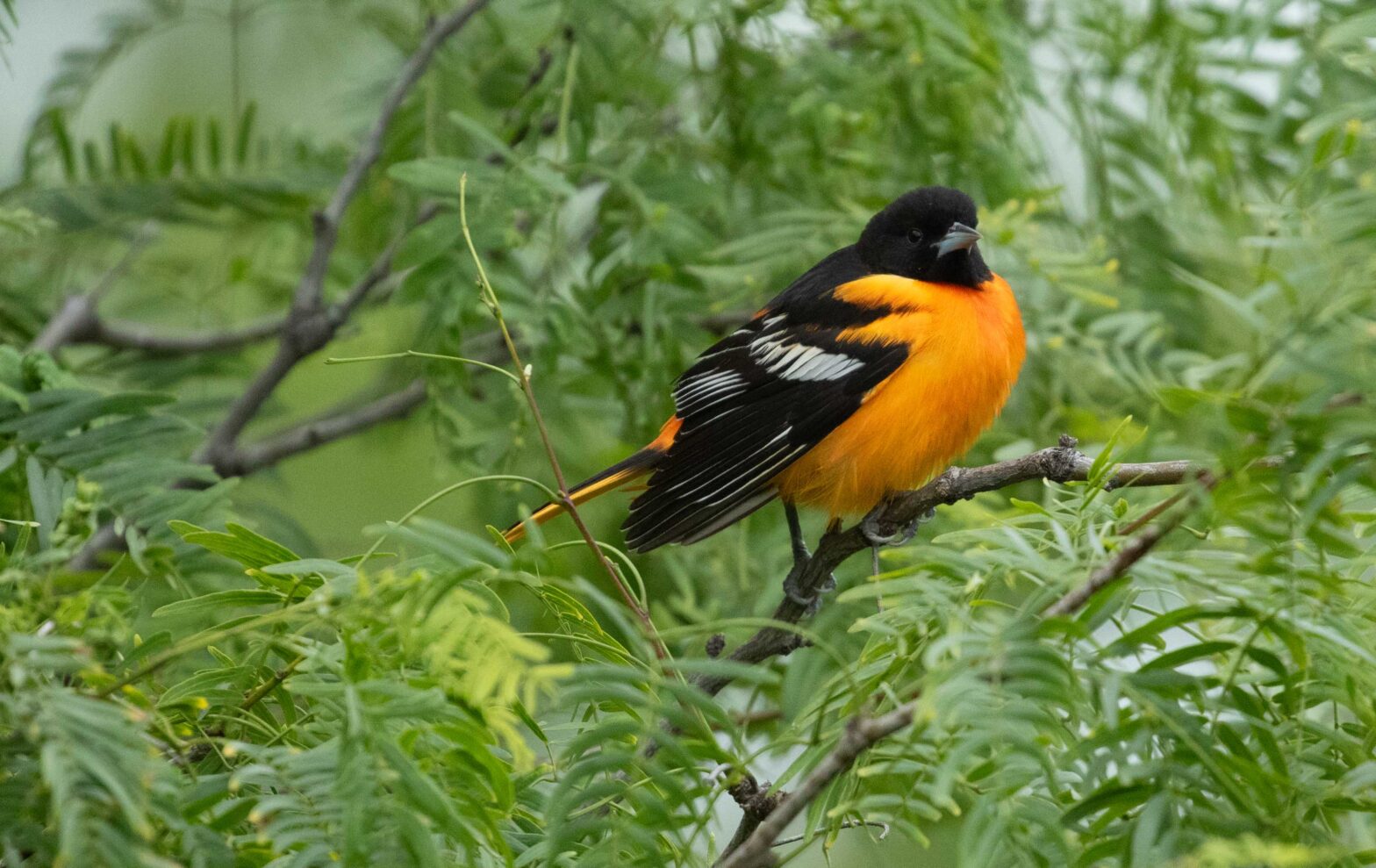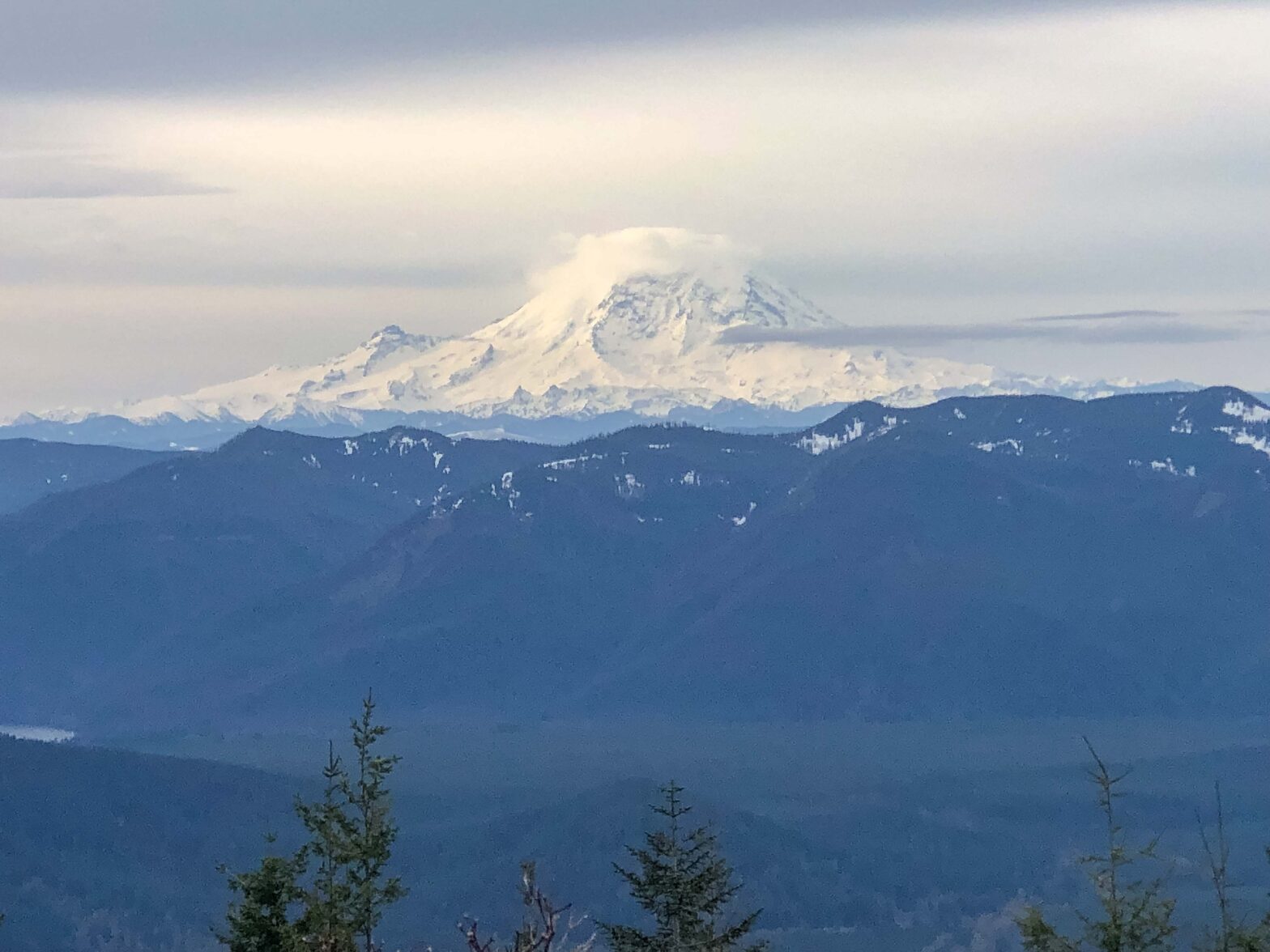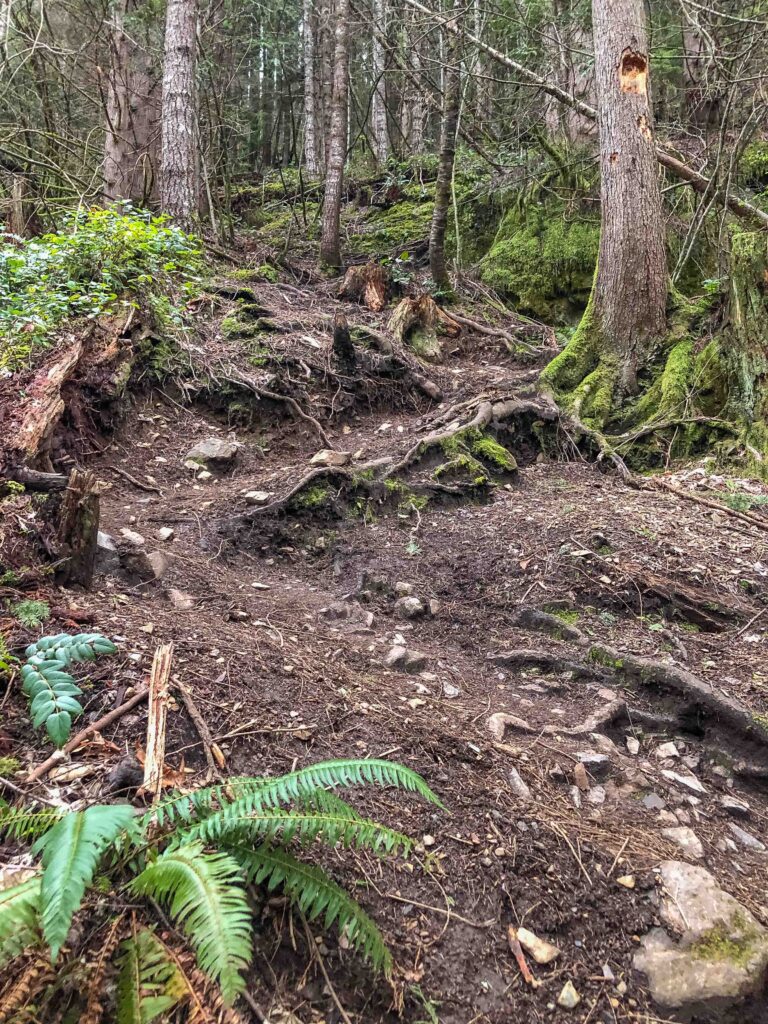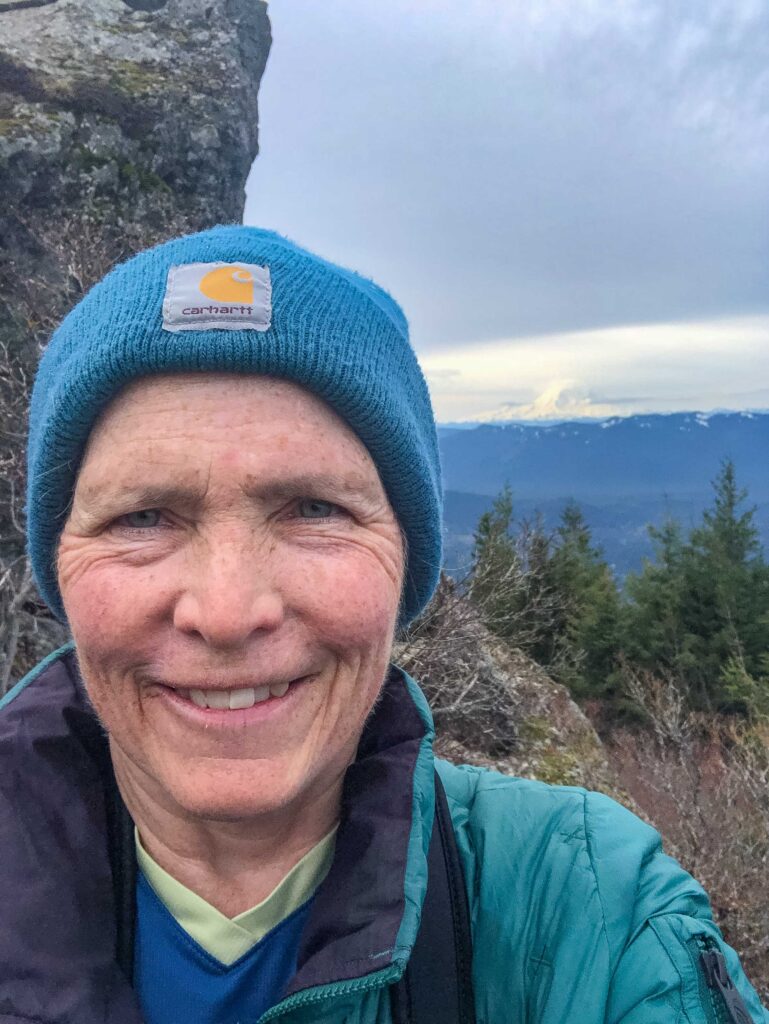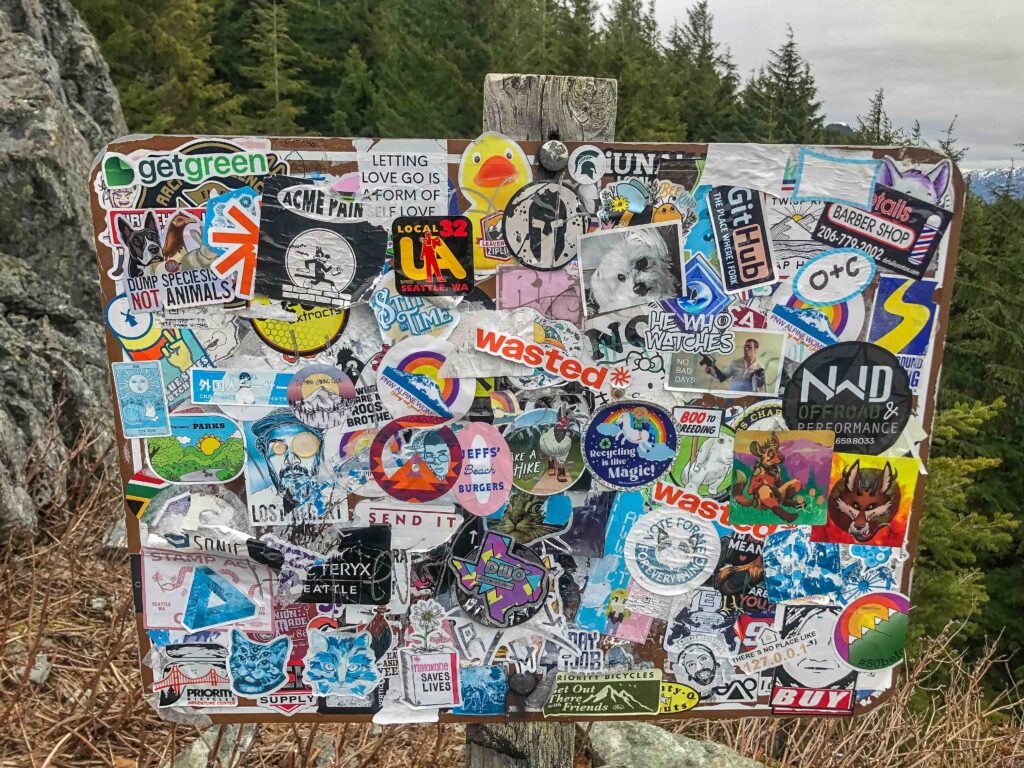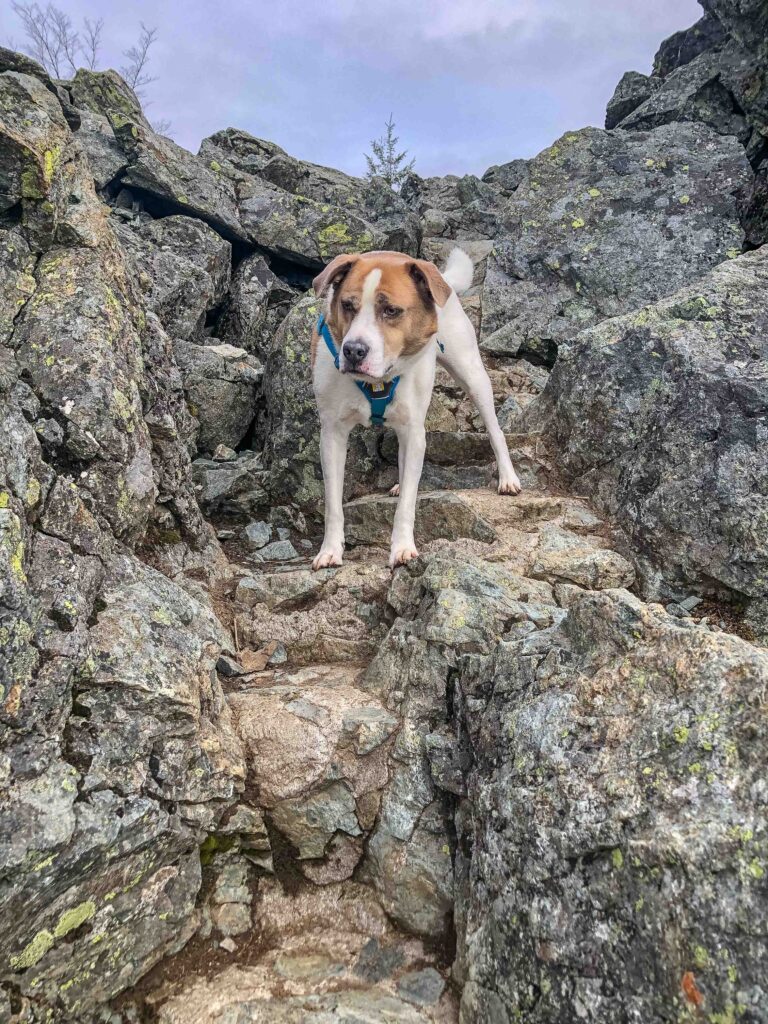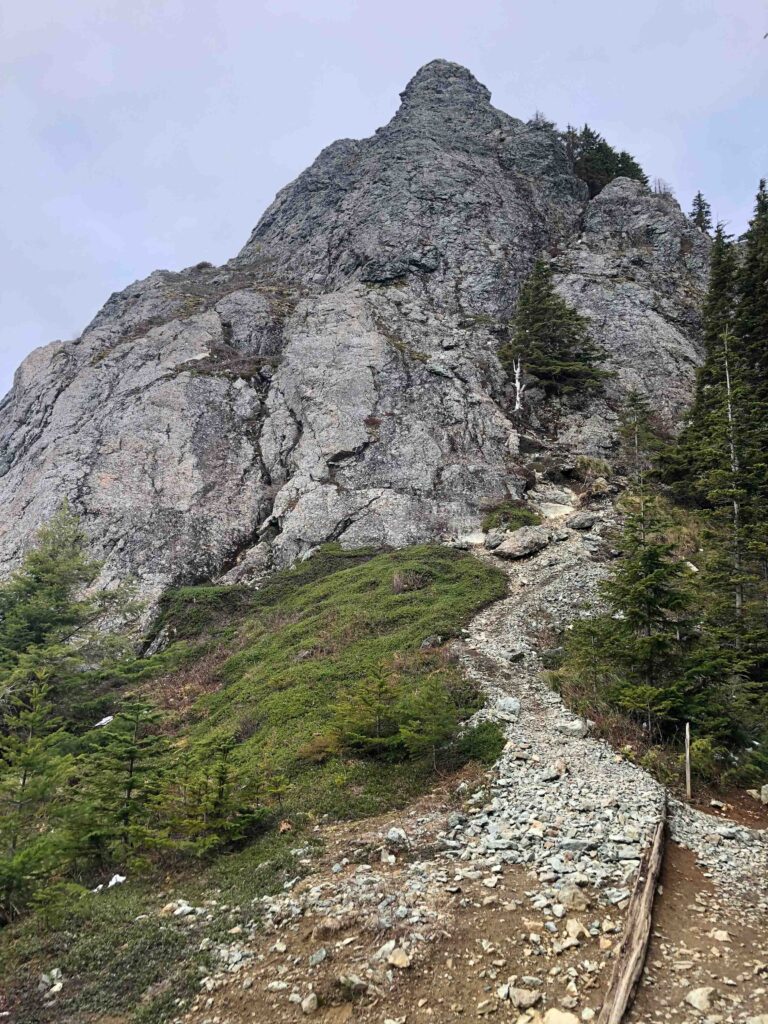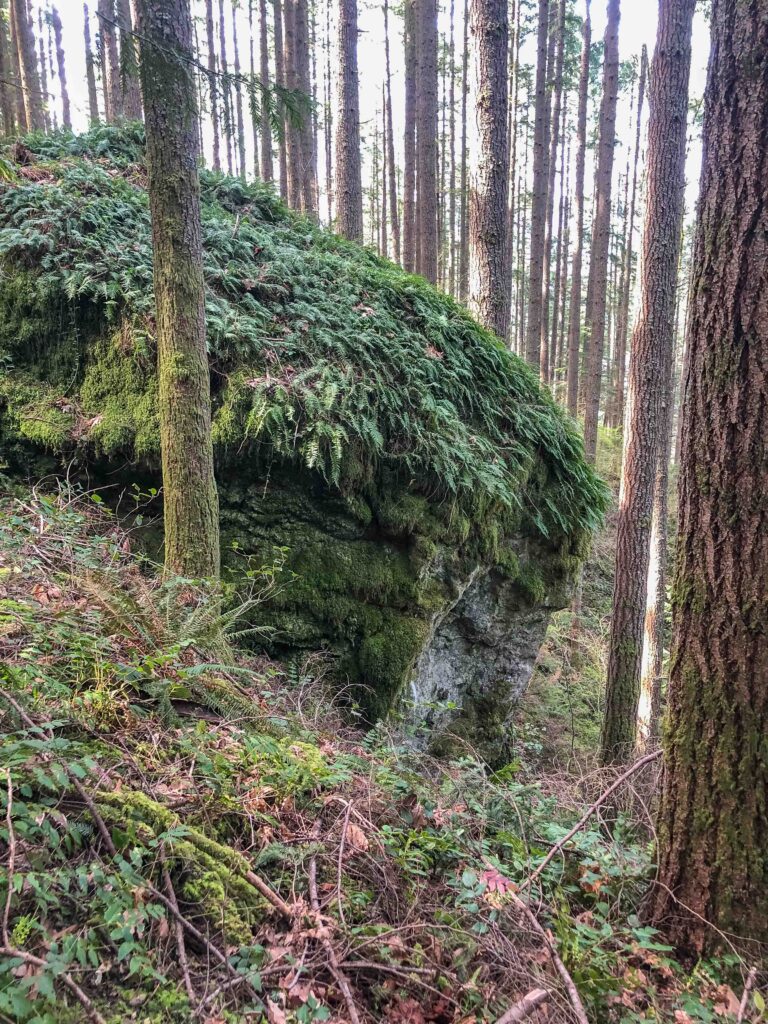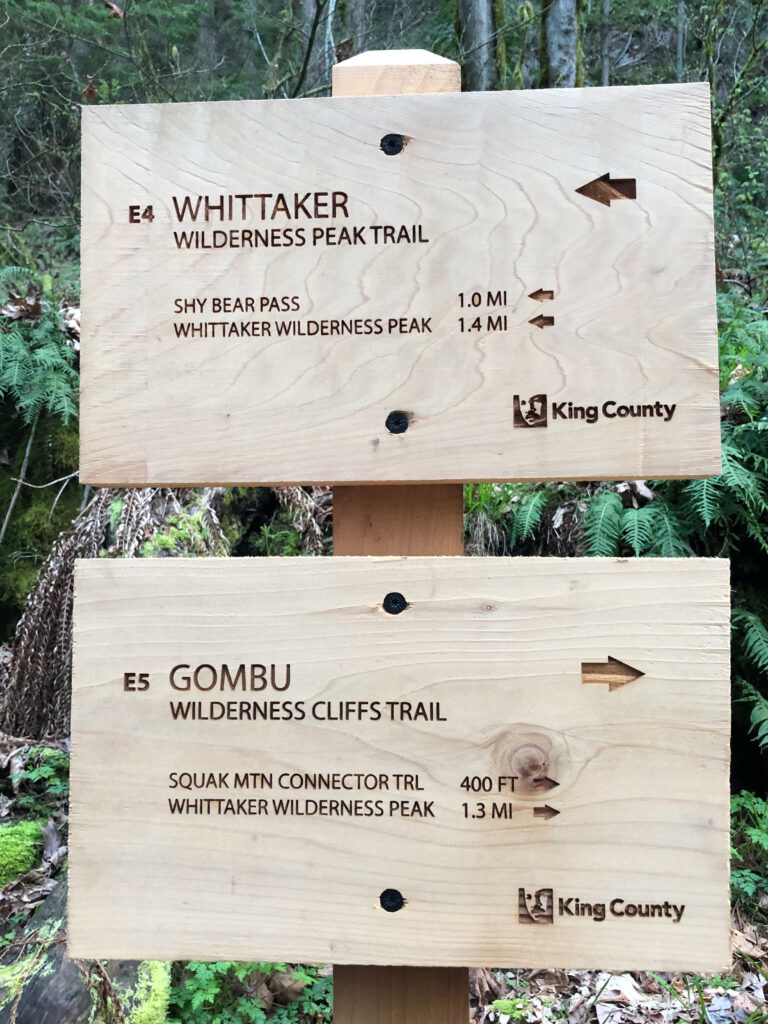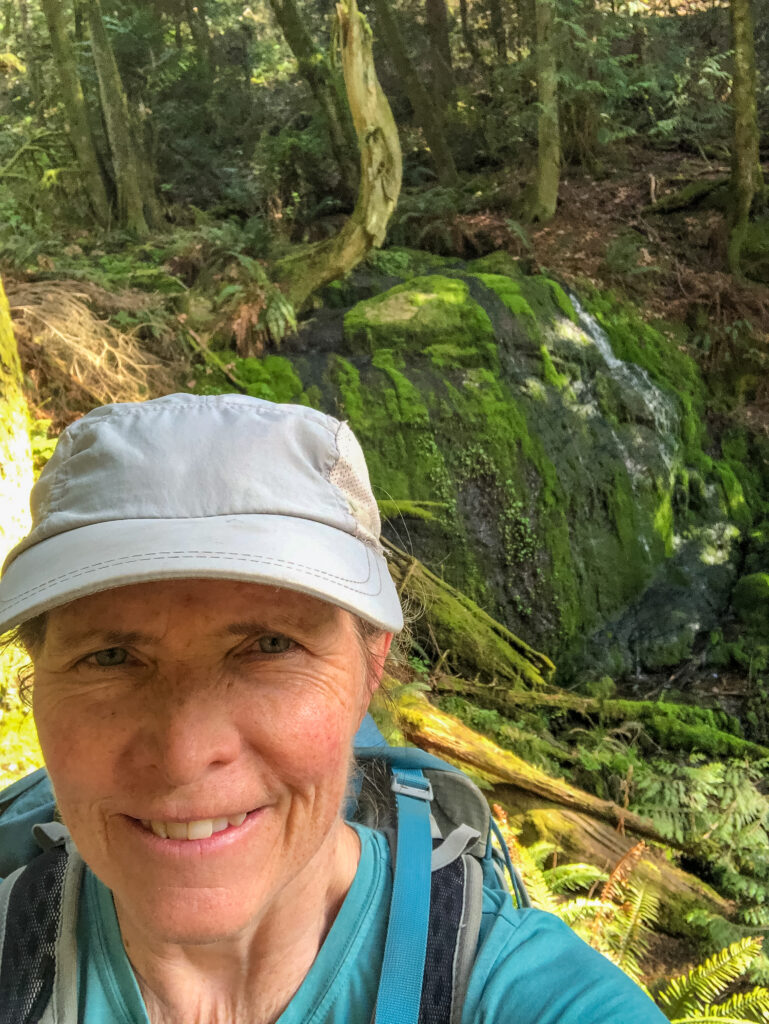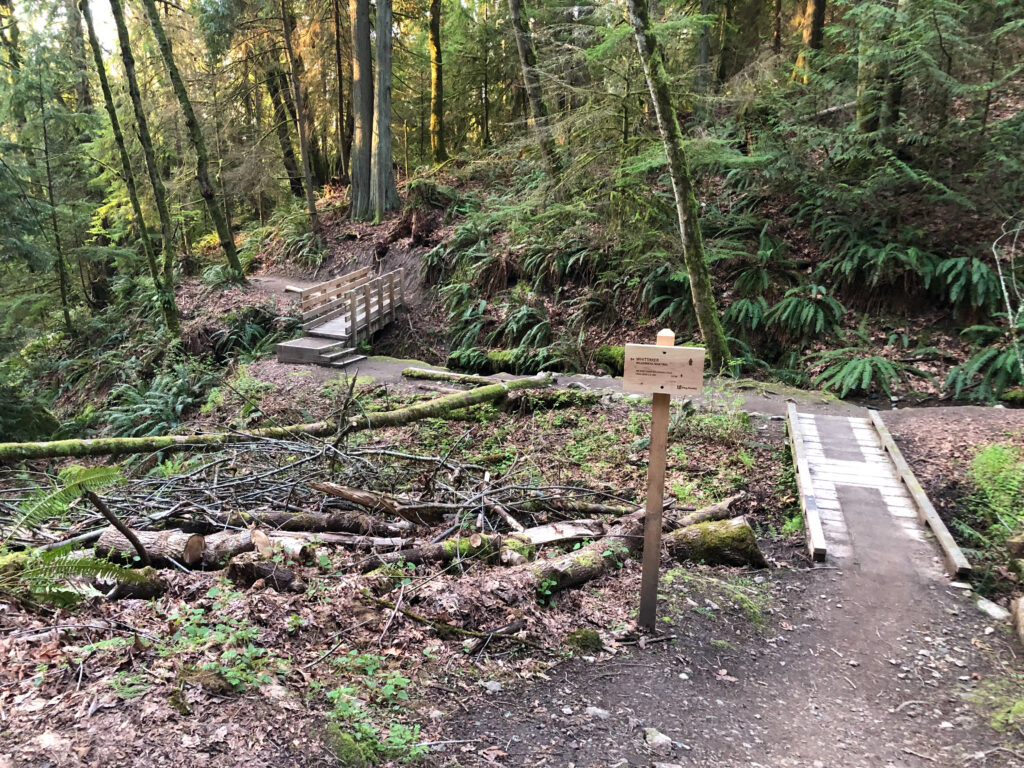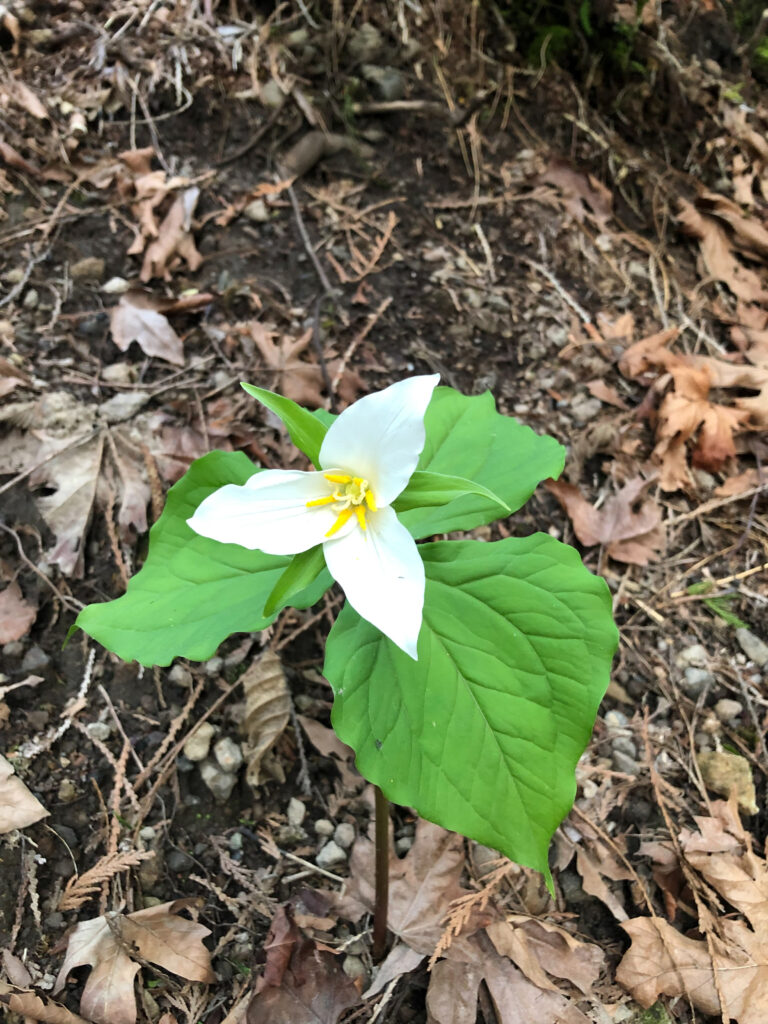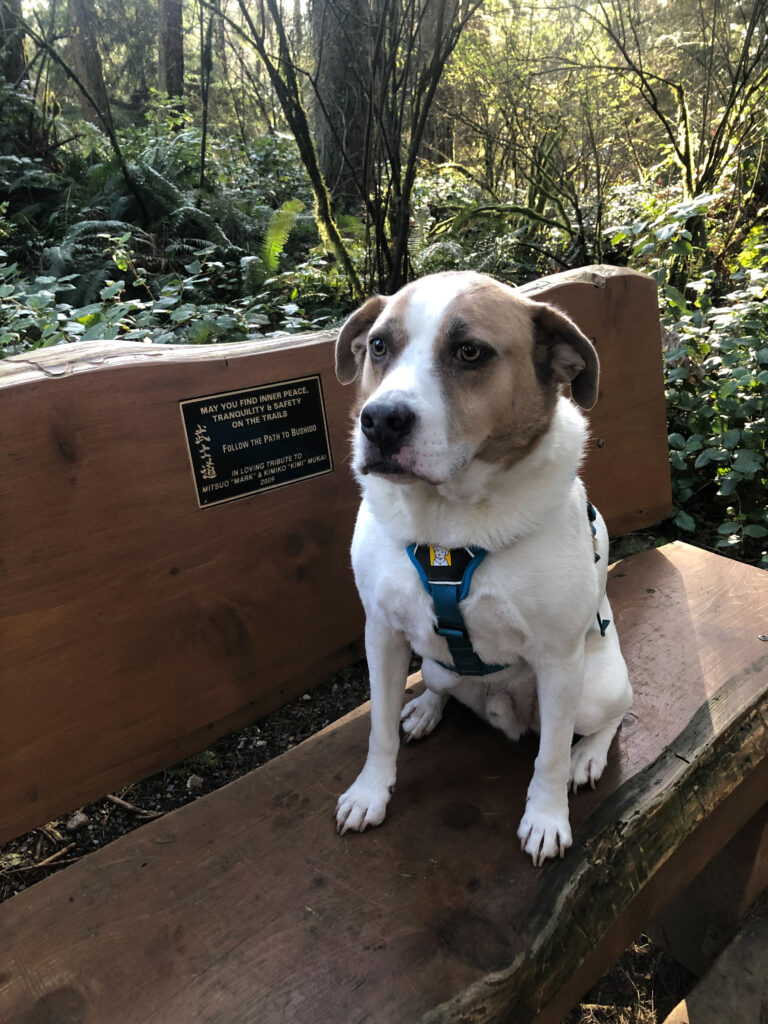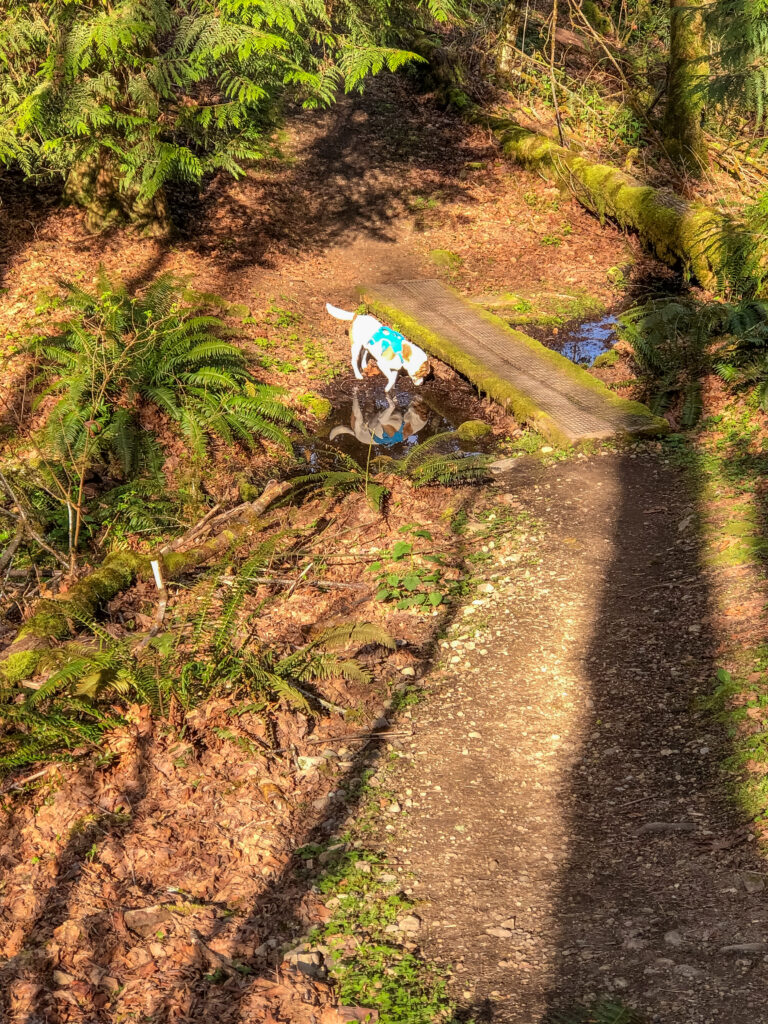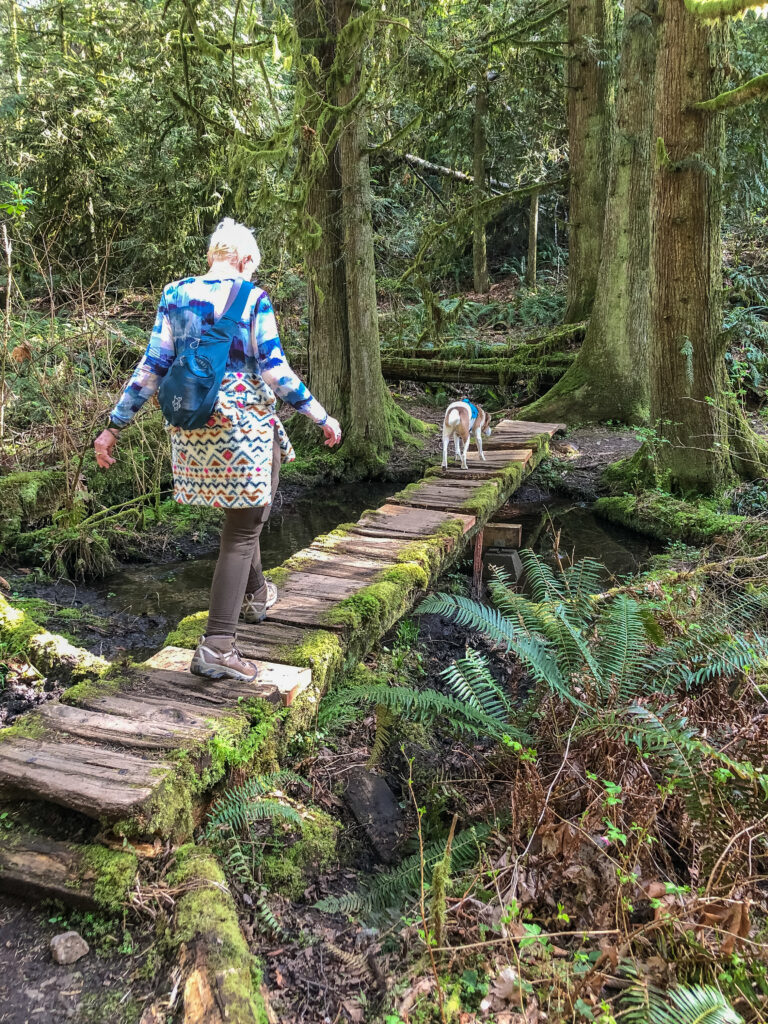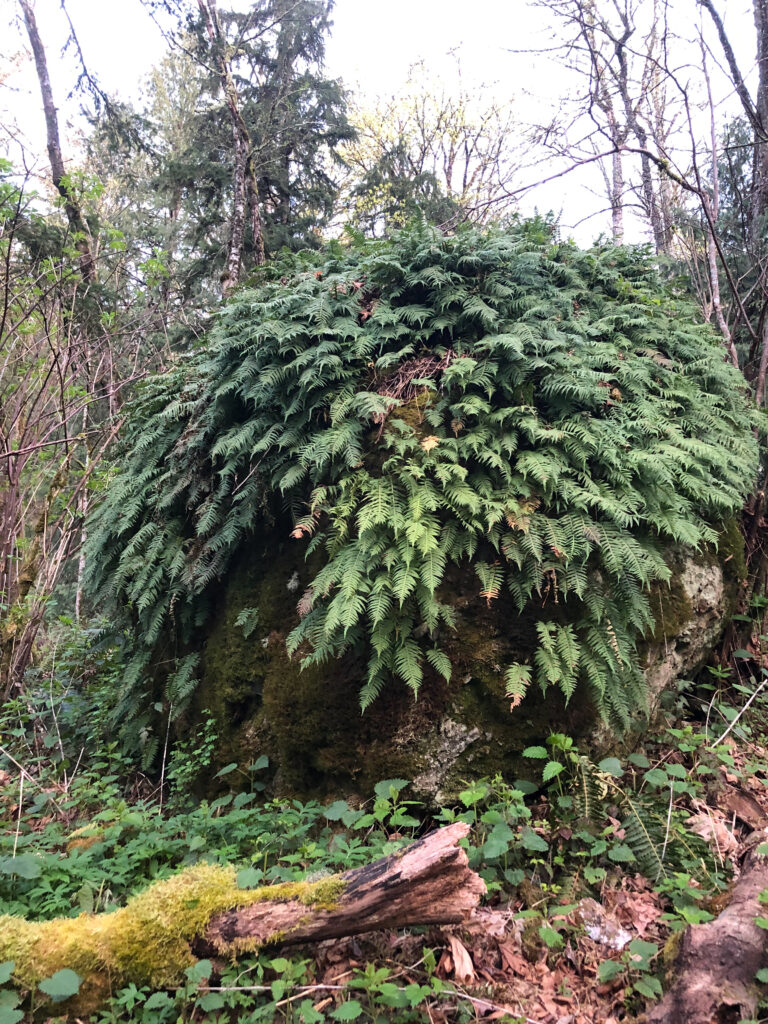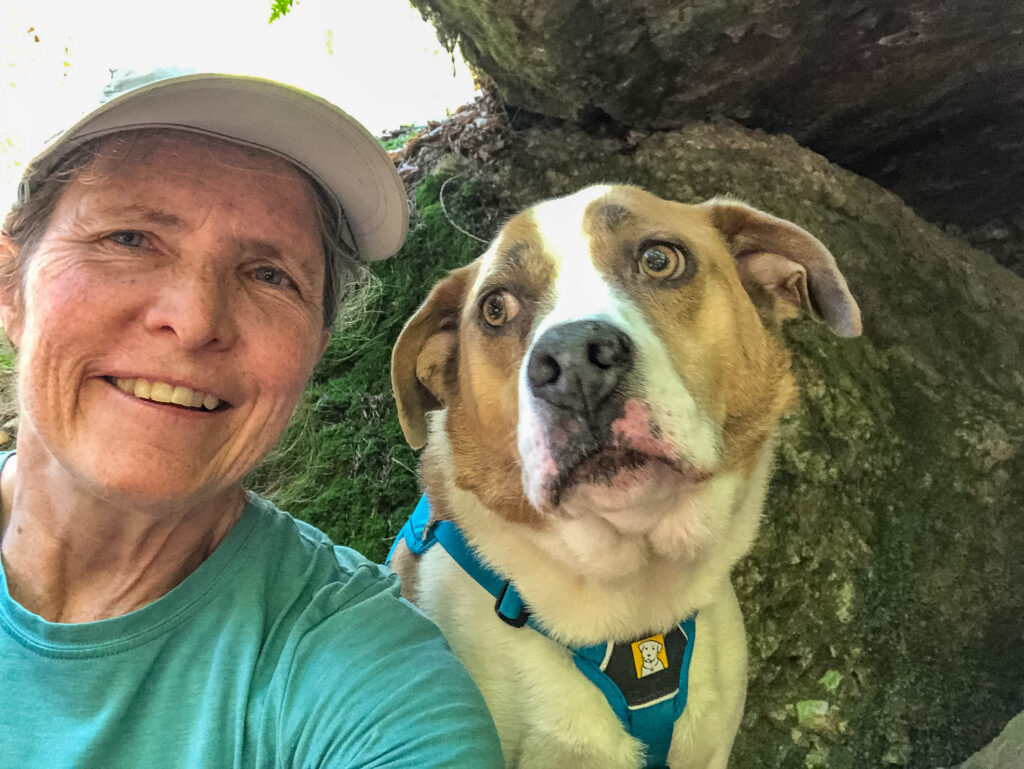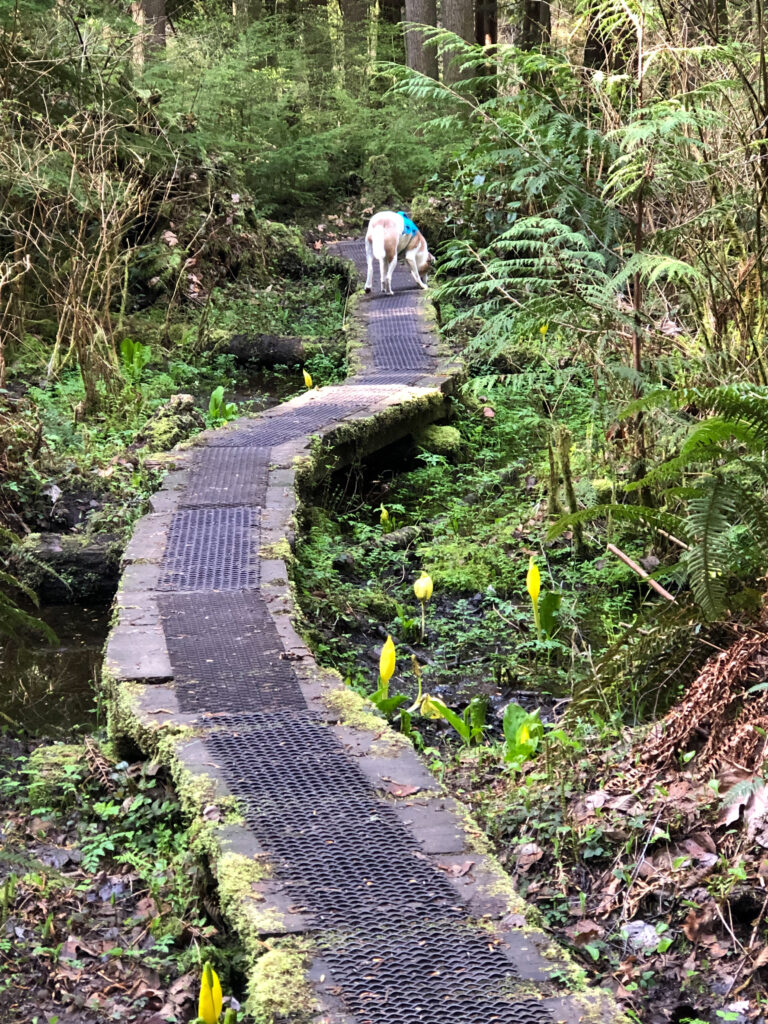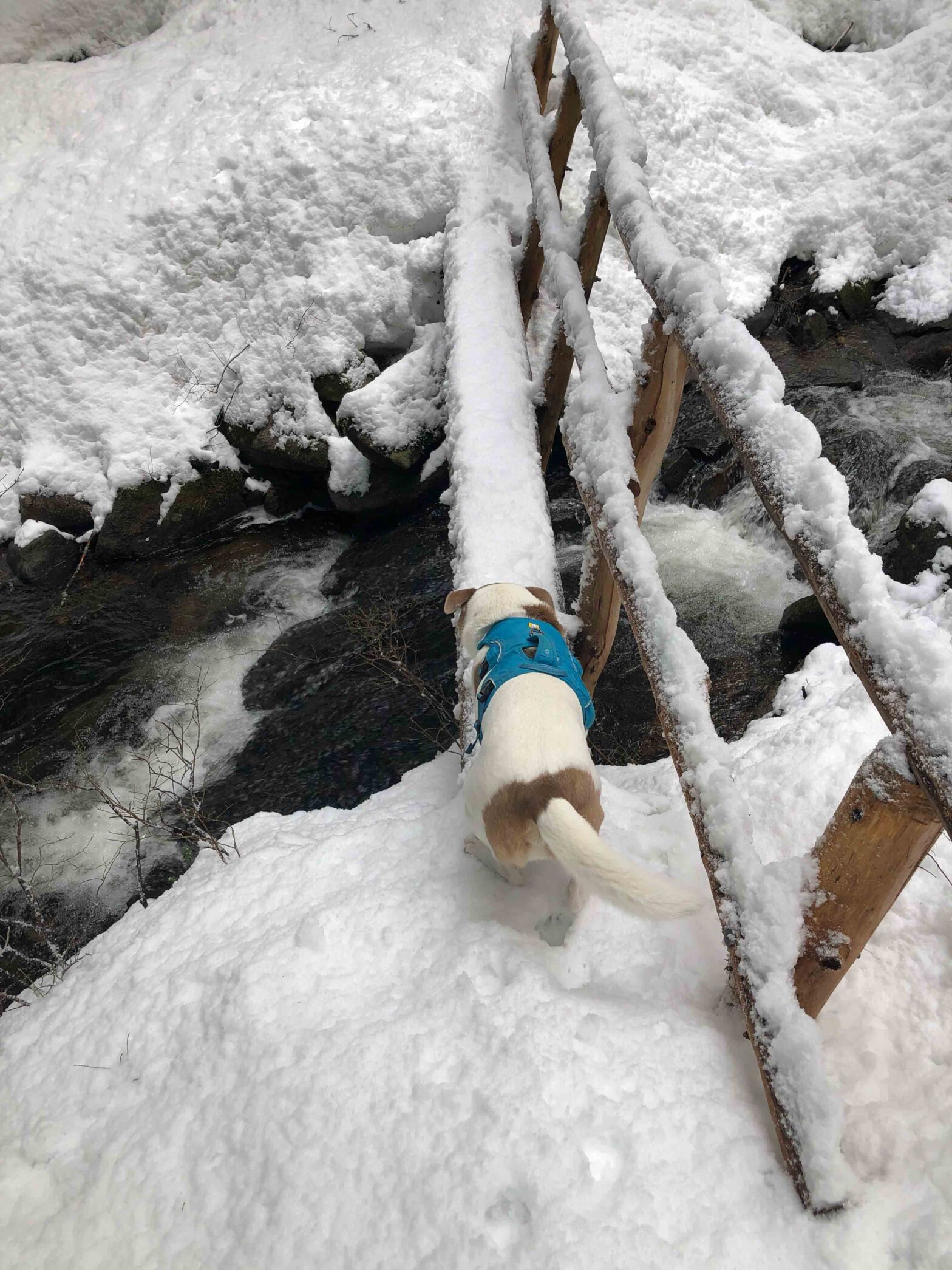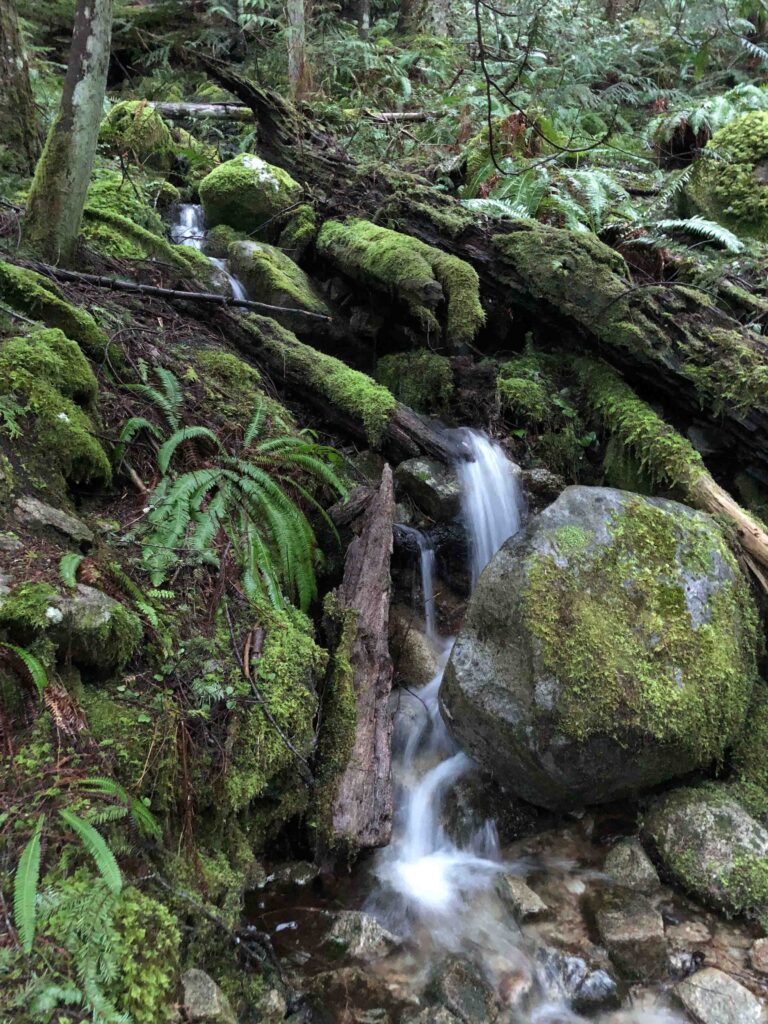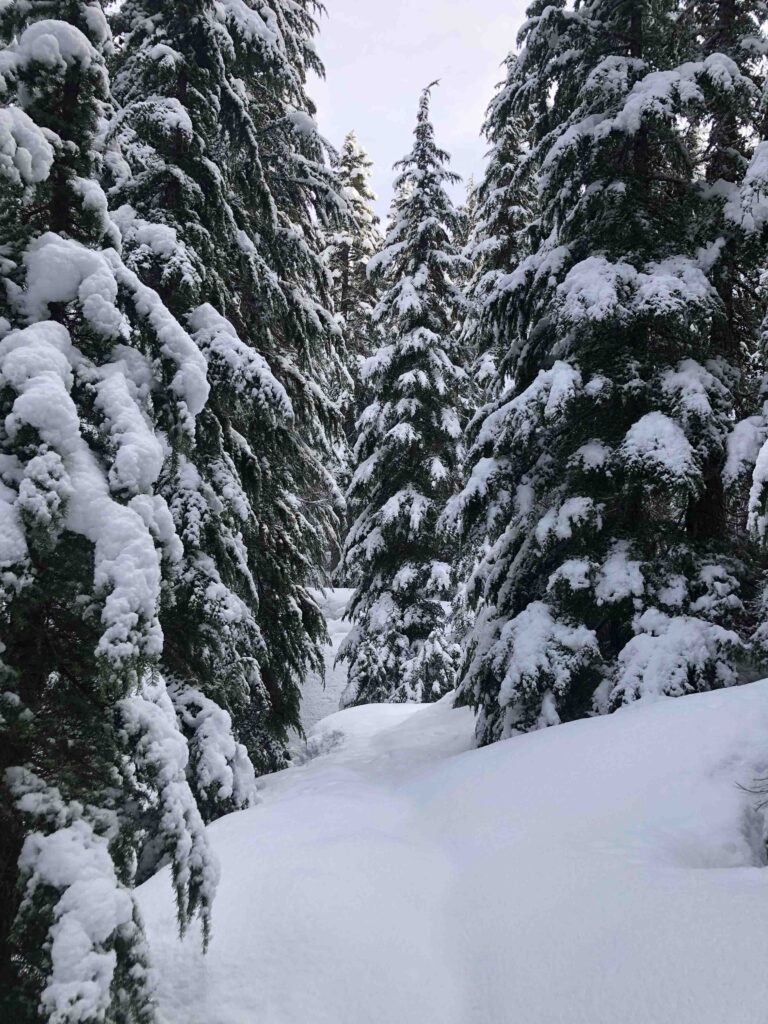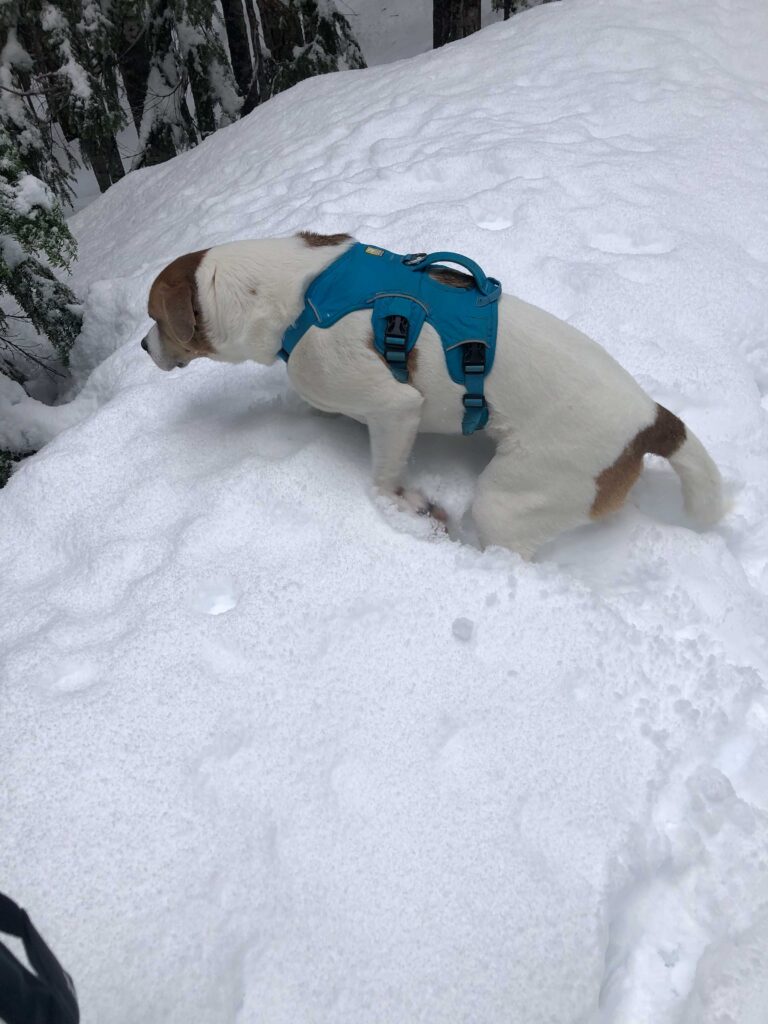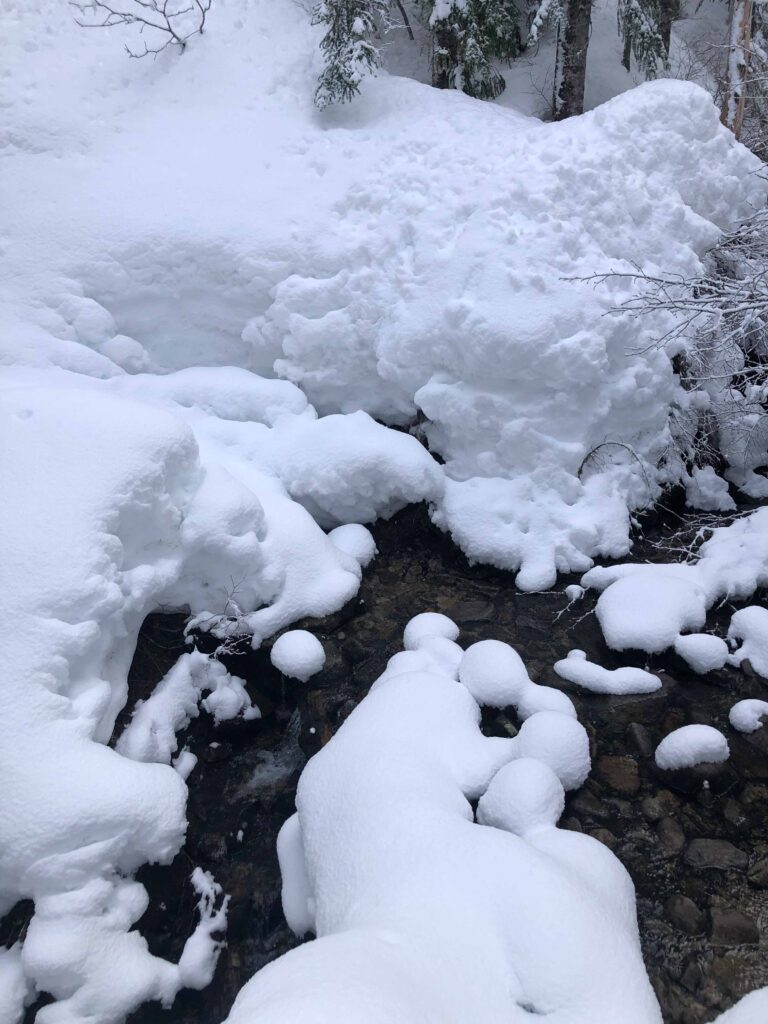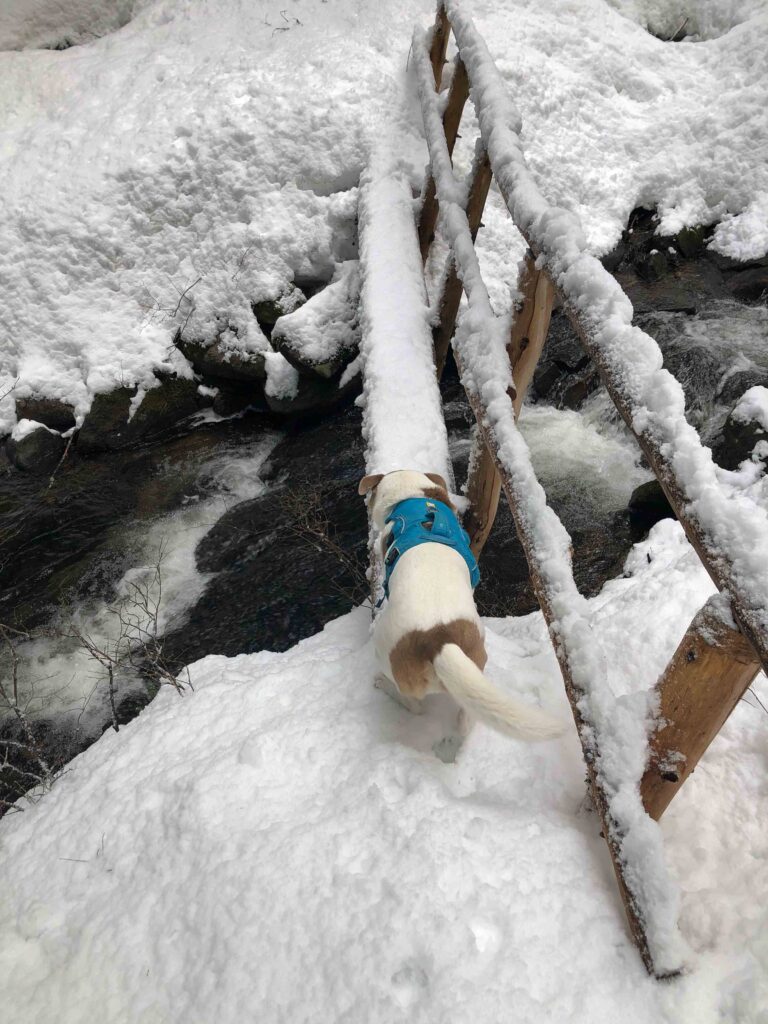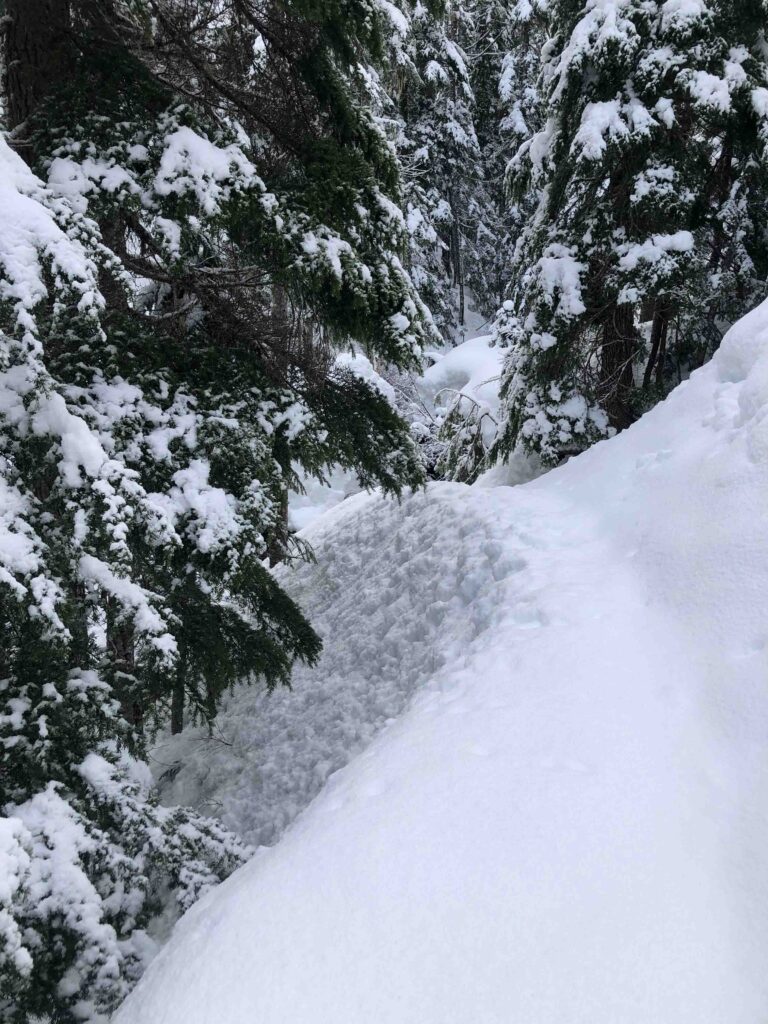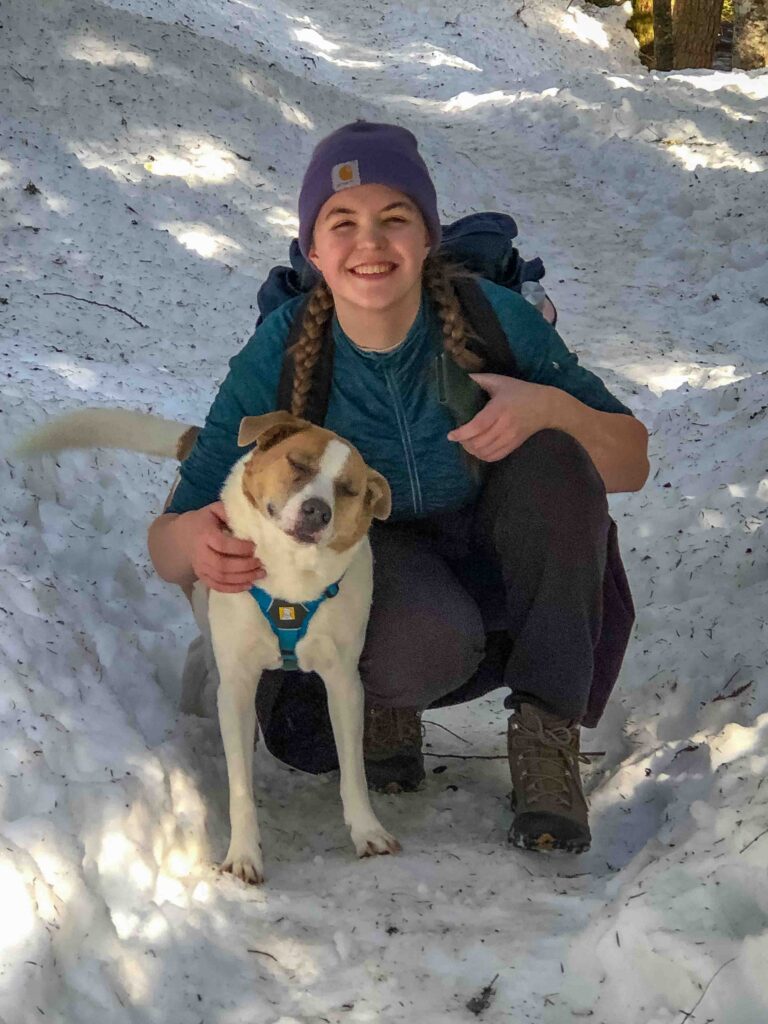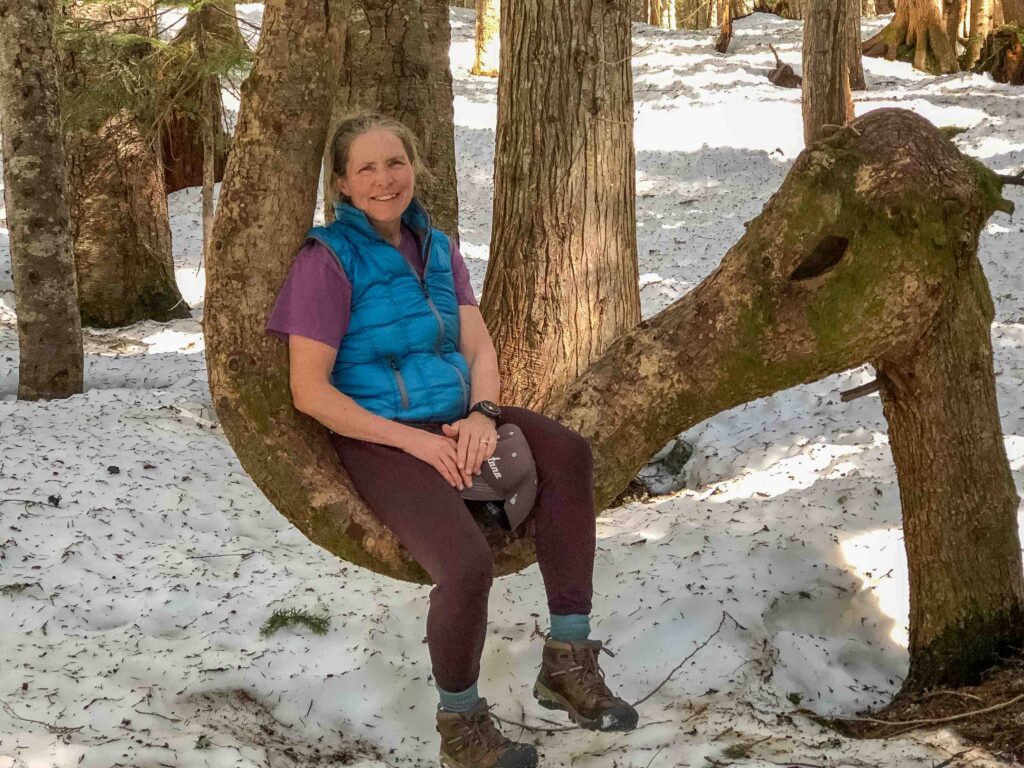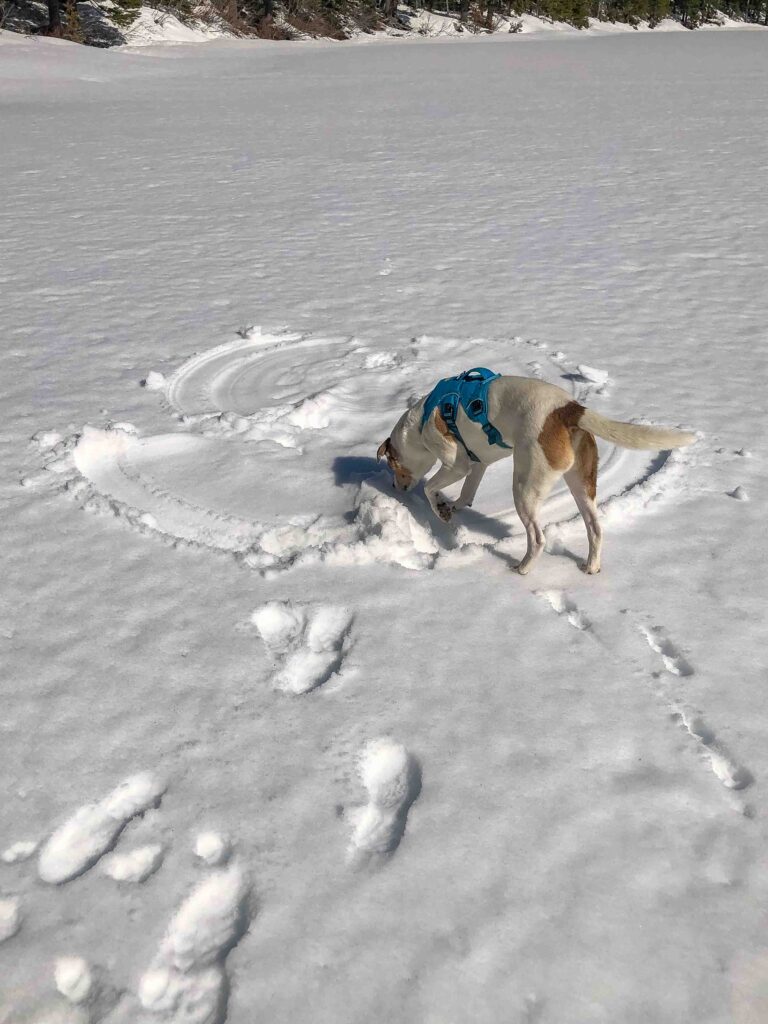My husband and I spent a week near South Padre Island, TX witnessing spring migration. Between the two of us, we shot 5000 photos and identified 175 unique bird species. Just as “notice and name” is an important skill in birding, it’s also a crucial life skill when facing change. To change any habits, you need to notice whenever you’re doing a particular action so that you can name what purpose it serves — or decide how to change it.
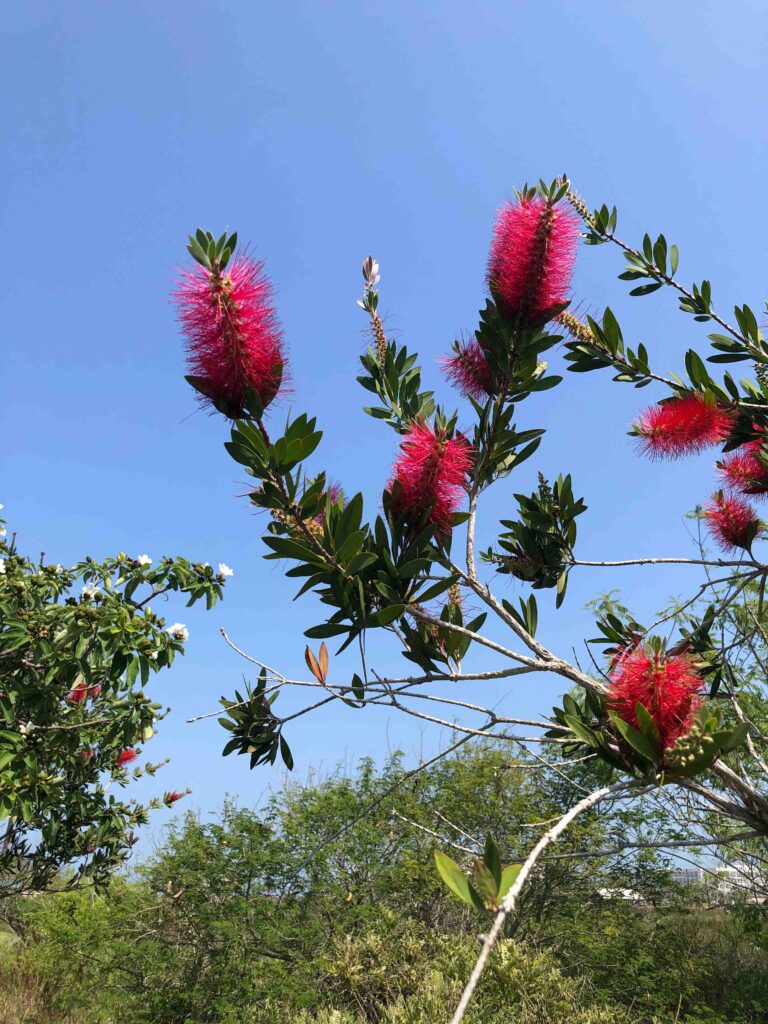
This week, I highlight three of the 35 new life bird species we had the privilege of seeing: the Southern Lapwing, the Mottled Owl, and the Bay-Breasted Warbler. With each story, I share tie-in examples of a life of embracing and accepting change.
Southern Lapwing
On Saturday, April 21, we visited the Llano Grande Resort and Golf Club golf course in Mercedes, TX. We wanted to spot the southern lapwing. Common in South America, they have a black breast, white belly, gray head, and bronzy shoulder. To see a bird in Texas that never strays north of Guatemala would be amazing.
We joined 15-20 other folks with big camera lenses, tripods, and spotting scopes. An employee at the resort’s front desk told us that someone had seen it on the back nine holes. My husband started a phone tree with the other birders in hopes that the first person who found the bird would let everyone else know they’d spotted it. “Team birding” in action.
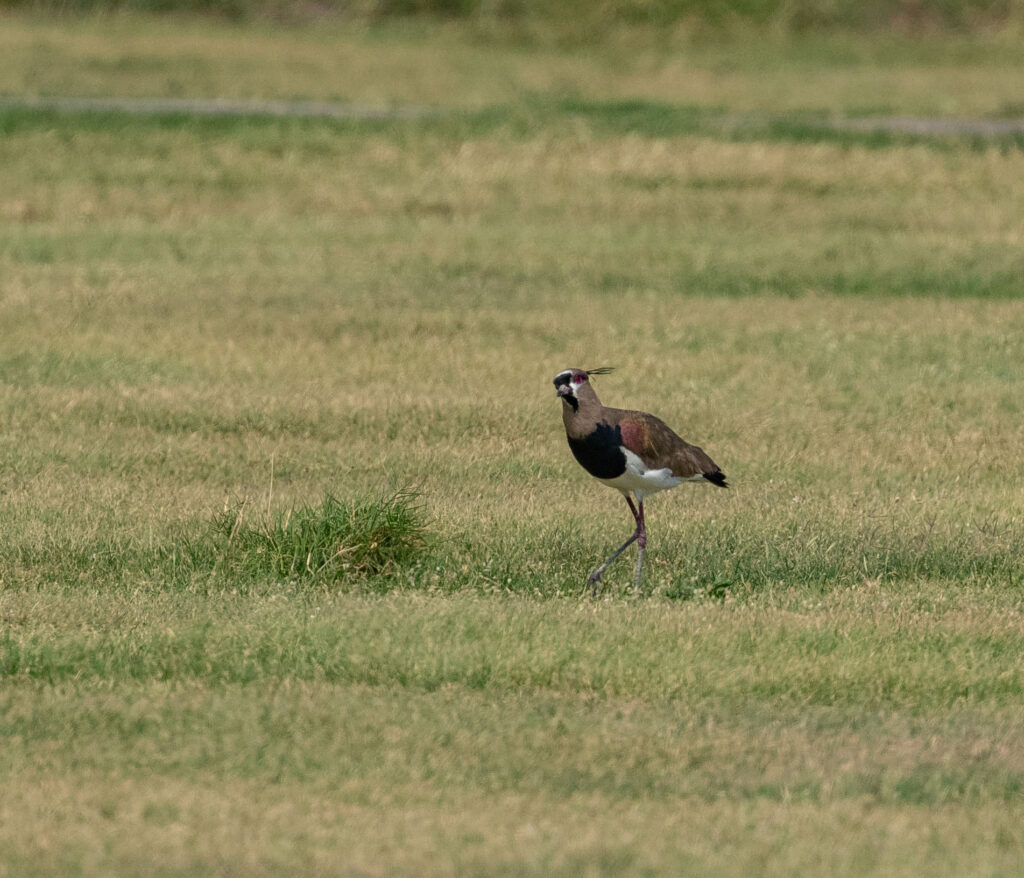
Team Birding in Action
Several people rented golf carts for $25. My husband and I preferred to walk. Within twenty minutes, his phone lit up with “We found it!” Drivers in two golf carts raced our way. The woman in the first one picked me up and the man in the second one picked up my husband. As we rushed to the fairway, I prayed the lapwing wouldn’t fly off before we could see it.
Then, voila! We shot photos and celebrated with the other six who found it, until WHAACK! A group of tournament players sent their balls down the fairway. One ball rolled to within ten yards of the bird. Startled, it flew off toward a pond.
Determined to keep our eyes on it so that our friend and his daughter, who were still thirty minutes away, would see it, we followed it. Minutes after our friend’s arrival, the bird flew again, this time disappearing from the golf course.
Notice and Name 1: Get Help
To locate the southern lapwing, we needed help. Others had spotted it days before we did, reporting to Ebird so we knew to look for it. The man in the office knew where the bird liked to hang out. One of the birders was a tour guide with years of experience in the area. And we had twenty additional sets of eyes looking for it.
Likewise, when we are trying to change our habits or behaviors, we benefit from the knowledge and wisdom of people who have made the same change we want to make. We can hire a trainer or coach who knows how to get to the summit of a high mountain or ride in a century. To learn a foreign language we can find a native speaker to practice with. And if a friend gets a cool job, we can ask them how they did it.

Coaches, teachers, counselors, and medical professionals all have substantial wisdom and knowledge. But first, we must WANT to change. We must be ready, willing, and able to take action on our behalf, even when it gets hard. Just as my husband and I actively targeted this particular bird, whenever we face change, we notice and name what we no longer want but then figure out what we do want.
Mottled Owl in a Thunderstorm
Later that same evening, we drove west for more than two hours to join a guided nocturnal tour on the 88,000-acre Santa Margarita Ranch. At 9 p.m. when we started walking in the dark, we sweated in the 88-degree heat and humidity. We caught our second rarity, a mottled owl. This medium-sized owl is found from Mexico to Brazil, with rare visitations to Texas.
The blaring sounds of thousands of cane toads and crickets drowned out the sounds of our footsteps as we traipsed wordlessly across two thin sandy tracks. Growing clouds quickly obscured the full moon. A storm approached, adding urgency to our trek. We found it challenging to notice and name species around us when we hardly see our feet, but we soon adapted to night vision.
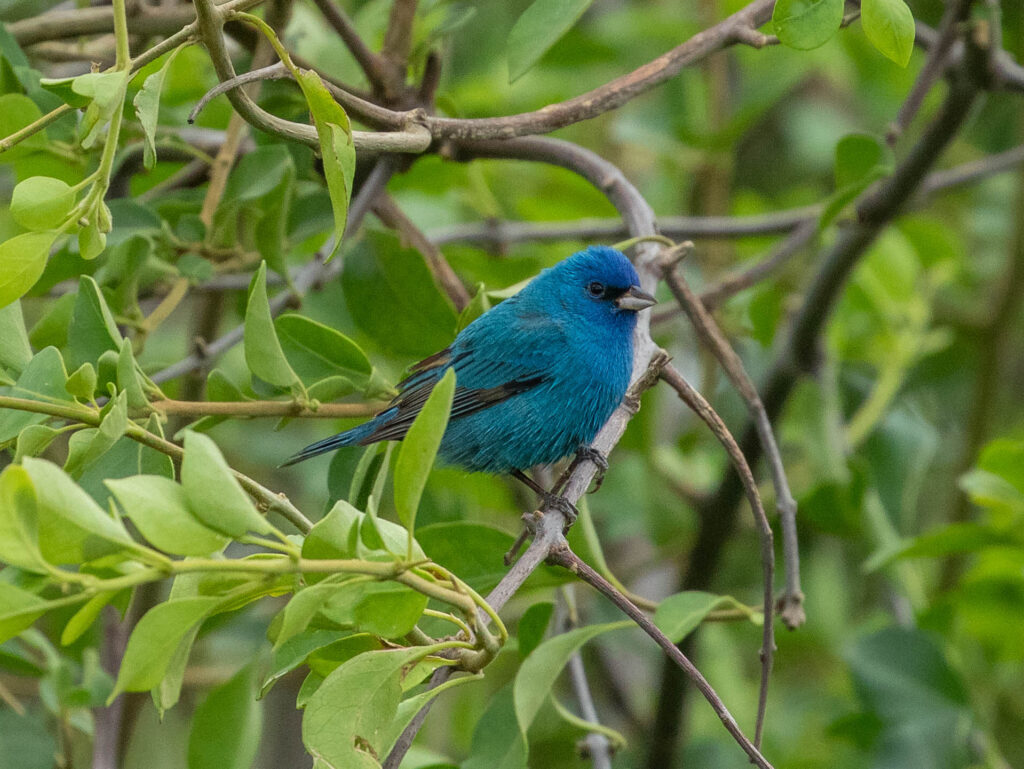
We walked in pitch-blackness except for the few minutes it took to cross the clearing near The Wall along the Mexican border. My internal storyteller pictured crossing the border to freedom in the middle of the night. Flashes of lightning lit up the skies for miles, startling me with their intensity.
Calling Him In
After forty minutes without a single word from any of us, one of the two guides halted our group of 15 and directed us into a semi-circle, whispering, “I’ll call him in. Get ready.” We stood still, poised, cameras aimed upward, as the thunder rolled around us and sweat dripped into my eyes. Though I longed to chug from my water bottle, I feared gulping might prevent the owl from visiting. Worse, it might make the others blame me.
Suddenly, a beacon of light flashed in the air. There! The owl only stayed for a few seconds before darting back into the shadows. We’d found our second rarity on the same day.
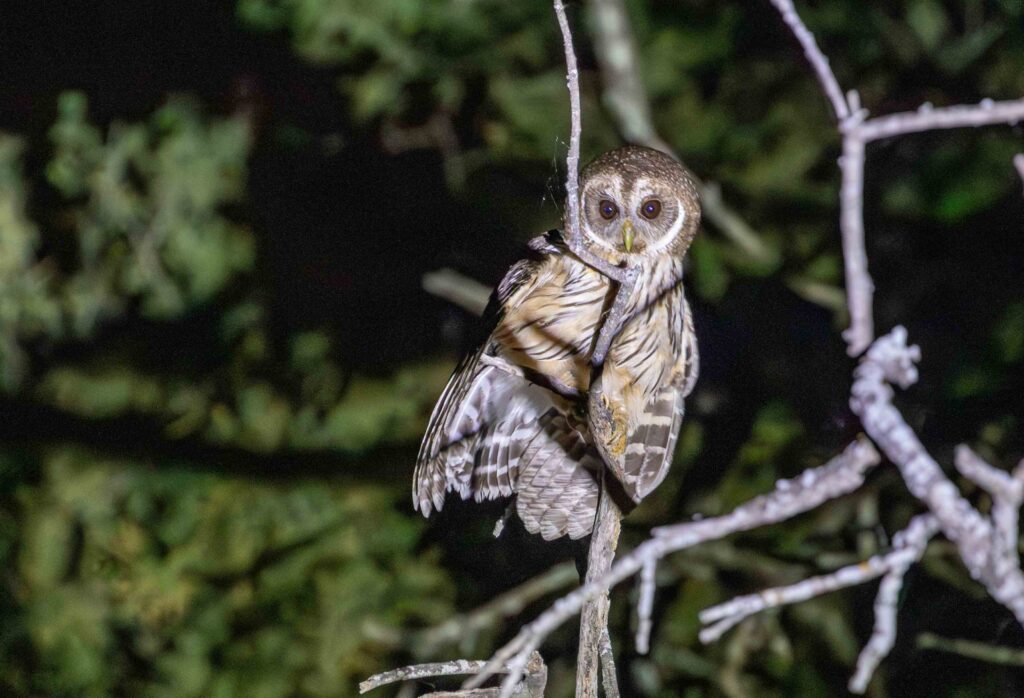
The return walk, equally devoid of chatter, no longer felt charged with anticipation. Instead, I found myself wondering if the storm would catch us. Our evening symphony included 6 eastern screech owls, 2 great horned owls, a bobwhite (which happens to sound exactly like its namesake), 11 common pauraques, 2 yellow-billed cuckoos, and 2 common nighthawks. And when we finally reached the cars, the rain had not yet started. It would cause a 25-degree drop in temperature, making birding more enjoyable Sunday morning.
Notice and Name 2: Overcome Obstacles
I’ve thought of that night several times since. When we’re in the thick of change, we can feel like we’re lost in a dense forest with deafening noise (other people, offers, struggles, obstacles, you name it) trying to distract us and capture our attention. The trick is to continue to focus on what matters.

Whenever you start to feel overwhelmed, pause. Notice and name what you’re feeling. Then think about all the tools available to you. People who can help. Your previous successes and superpowers, as I mentioned in my last post. Give up the need to know exactly how to get from point A to B and trust that it will. More importantly, notice and name the stories that get in your way.
Bay-Breasted Warbler
The third highlight this week is the breeding male Bay-Breasted Warbler. At least a third of our 40 hours of birding were done at a small site called the Valley Land Fund Lots on South Padre Island. It includes four properties that have been repurposed to attract migrating birds, especially warblers. I was impressed by the diversity of birds in such a small area. Such diversity brings lots of people. I soon found myself overwhelmed and wandered the perimeter where I could peer in peace.
I shot a photo of a pretty, distinct-looking bird I hadn’t yet seen. Cornell describes it as having a “dark-streaked back, butter-yellow neck patch, black mask, and a rich dark bay color on the crown, throat, and flanks.” He tended to stay still longer than all the other warblers; perhaps that’s what made him my favorite. I noted his unique coloring, but I couldn’t yet identify it. Who might be able to notice and name it?
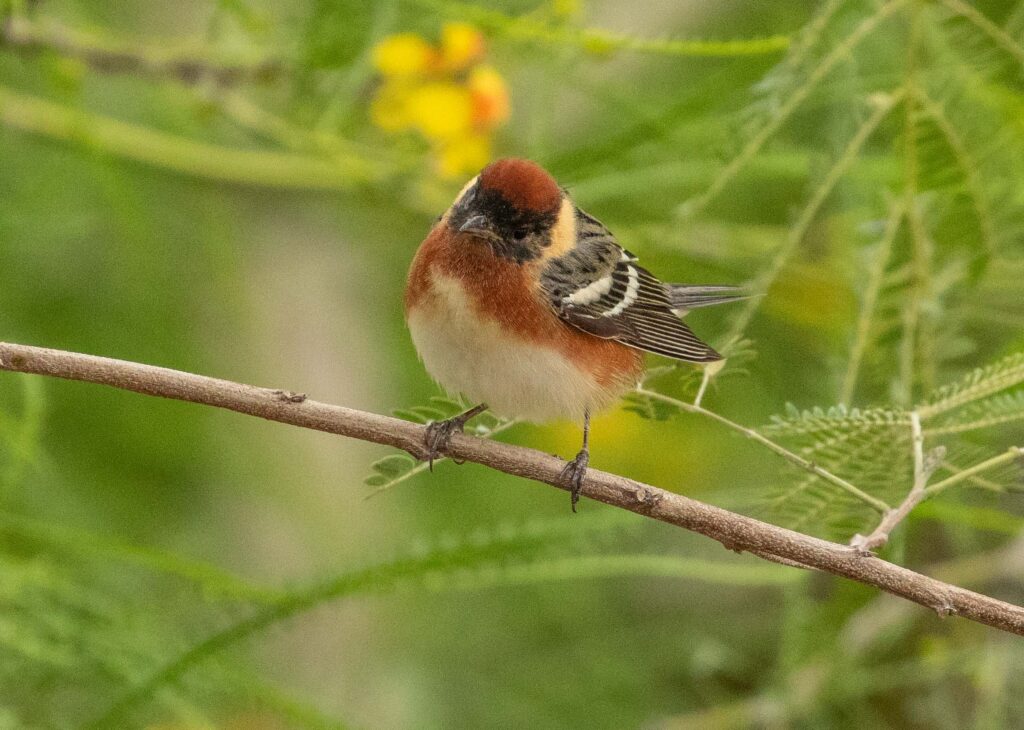
As soon as our birding friend identified it, he insisted I show him where I’d seen it. I realized I’d spotted an important bird. Within minutes of leading him to my find, a dozen others with long lenses came to look. In Yellowstone National Park when people stop their cars to gawk at black bears, we refer to such groups as “bear jams.” In this case, I caused a “bird jam.”
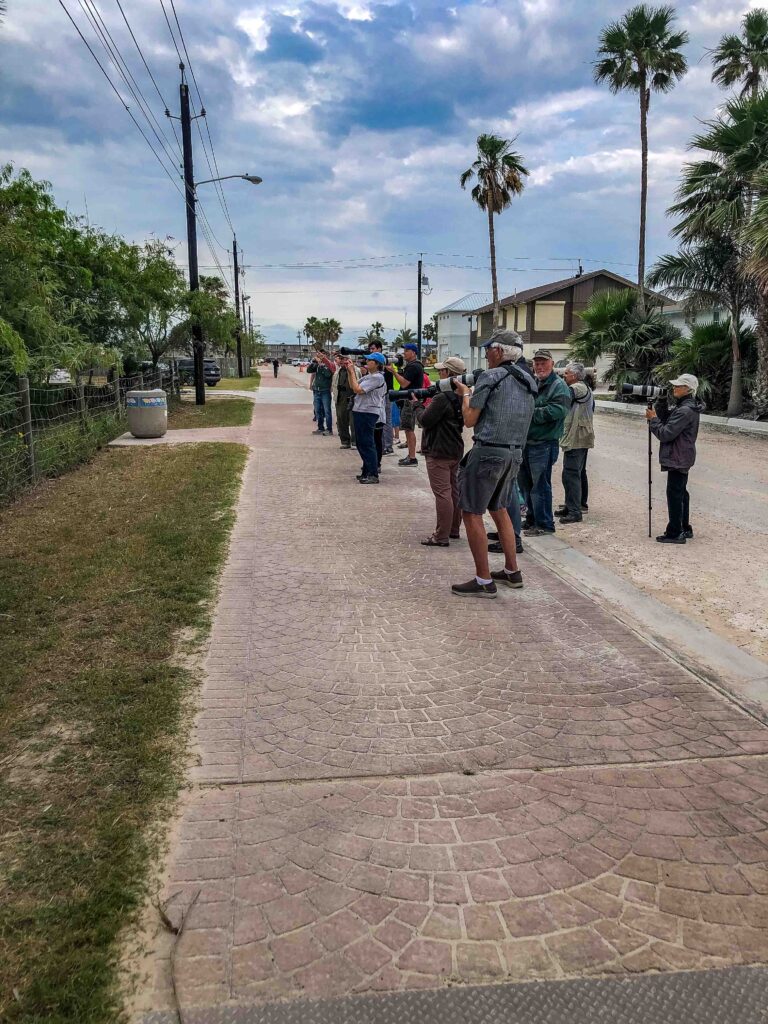
Notice and Name 3: Shine and Share
This third bird taught me two important lessons. First: shine – by being yourself and going about what you do best. This tiny bird had just migrated from gosh knows where. He encountered a thunderstorm the night before and was tired, hungry, and thirsty. His sole mission was to find enough food so he could continue to his final destination and start a new family.
Likewise, I’m a wildlife enthusiast and writer. I capture my experiences in photos and words. When I notice and name my abilities and skills, and enjoy them myself, others get to benefit from them. If I can supply readers with a fraction of the wonder and joy I experienced, I will have done what I intended.
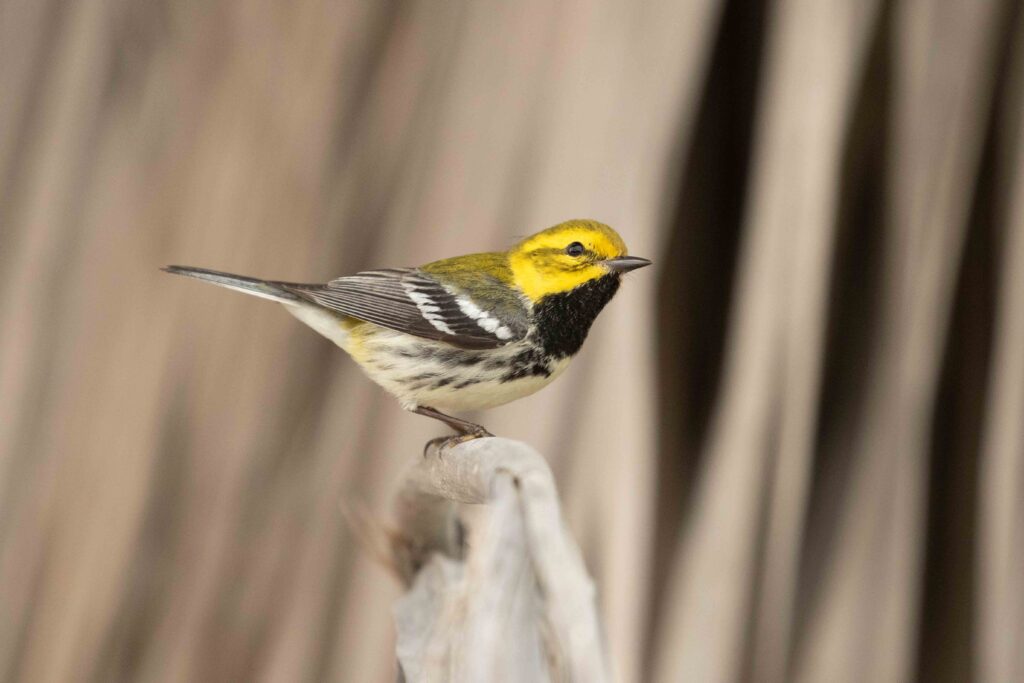
And second, share with the world. These birds share their beauty simply by flying massive distances and touching down to rest. By bringing these three birds to your attention, I realize that I am a teacher. I may not stand up in front of a classroom every day, but when I hike or bird with friends, when I write a blog post or newsletter article, or when I coach an online session, I shine my light of knowledge and hope for others.
Summer Update
I will be creating new blogs less frequently from now until July 25. At that time, I hope to have completed the NBC-HWC coaching exam and will return to weekly posts. If you have a burning question or a comment about this or other posts, please share it below.

